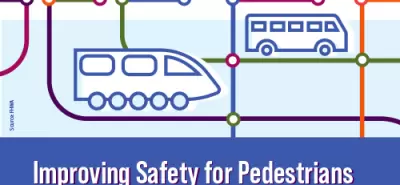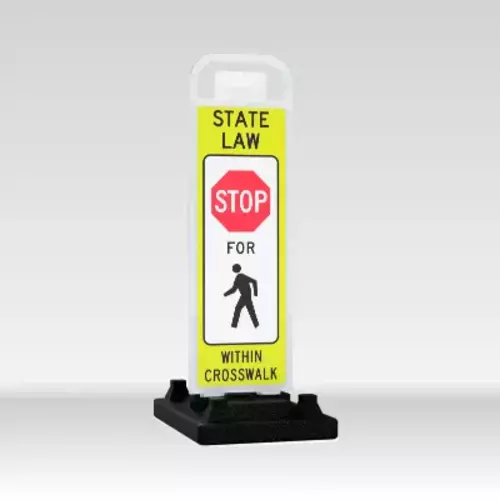01Mar
Stop, Slow, and Go: The Essential Role of Stop/Slow Paddles for Flaggers
 Stop, Slow, and Go: The Essential Role of Stop/Slow Paddles for Flaggers
Stop, Slow, and Go: The Essential Role of Stop/Slow Paddles for Flaggers
Flaggers, the guardians of work zones and temporary traffic control areas, rely on a critical tool to safely manage traffic flow: stop/slow paddles. These simple yet effective devices play a crucial role in ensuring the safety of both workers and drivers.
Why are stop/slow paddles preferred over flags?
- Clarity: Unlike flags, which can be susceptible to wind and may not be readily understood by all drivers, stop/slow paddles provide clear and unambiguous messages with easily recognizable symbols (“STOP” and “SLOW”).
- Increased visibility: The rigid design and standardized size of the paddles enhance their visibility, making them easier for drivers to see from a distance, even in low-light conditions.
- Improved safety: The clear and consistent communication provided by stop/slow paddles minimizes confusion and helps prevent accidents.
How are stop/slow paddles used?
- Standard usage: Flaggers hold the stop paddle horizontally with the “STOP” face towards approaching traffic to signal a complete stop. The slow paddle is held similarly, displaying the “SLOW” face, to indicate a speed reduction.
- Specific hand signals: Flaggers use specific hand signals in conjunction with the paddles to guide drivers through specific maneuvers, such as lane changes or merging.
Stop/Slow Paddles for Flaggers Beyond basic use:
- Enhanced visibility: Some stop/slow paddles incorporate features like reflective stripes or flashing lights to further improve visibility, especially at night or in poor weather conditions.
- Standardization: The design and specifications of stop/slow paddles are often standardized by agencies like the Federal Highway Administration (FHWA) to ensure consistency and effectiveness across different jurisdictions.
In conclusion, stop/slow paddles are essential tools for flaggers, promoting clear communication, enhanced visibility, and ultimately, increased safety on the roads.





